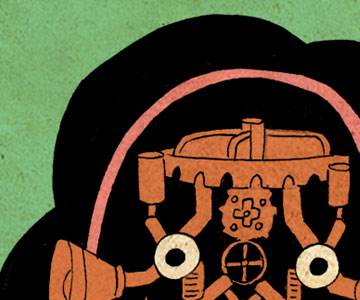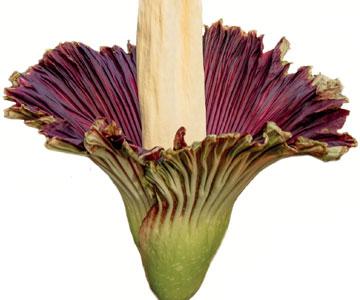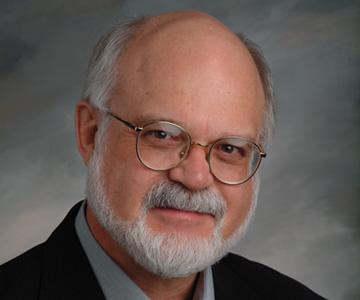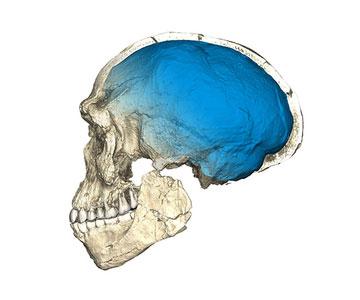Magazine
September-October 2017

September-October 2017
Volume: 105 Number: 5
Structures made from biomaterials—such as ceramics, plastics, and complex carbohydrates—can provide a variety of mechanical, chemical, and even electrical cues that respond to external stimuli and support tissue repair. Such scaffolds can use seeded stem cells or support the growth of the body’s own cells. A fibrous polymer scaffold (dark blue) signals cells to grow and differentiate. Human mesenchymal stem cells (green) are growing along these fibers, dotted with their nuclei (bright blue circles). In “Structural Support for Damaged Tissue Repair”, Treena Livingston Arinzeh, Jennifer Moy, and Gloria Portocarrero Huang discuss how their development of such scaffolds is helping them find new ways to regenerate bone, cartilage, and nerve tissue and could someday help patients with musculoskeletal injuries move better.
In This Issue
- Astronomy
- Biology
- Chemistry
- Communications
- Computer
- Engineering
- Ethics
- Evolution
- Mathematics
- Medicine
- Physics
- Policy
- Technology
Why Ecology Needs Natural History
John G. T. Anderson
Biology
The two fields' intertwined histories show that most theoretical breakthroughs are preceded by the kind of deep observational work that has fallen out of vogue in the past half century.
Structural Support for Damaged Tissue Repair
Treena Livingston Arinzeh, Jennifer Moy, Gloria Portocarrero Huang
Biology Medicine Technology
Scaffolds made from biomaterials that respond directly to external stimuli could help mend bodily injuries, including those to bone, cartilage, and nerves.
The Evolutionary Advantage of Burrowing Underground
Anthony J. Martin
Biology Evolution
Many animals dig dens for protection from weather, disasters, or predators, and this behavior may have allowed some species to survive when others have died out.
Scientists' Nightstand
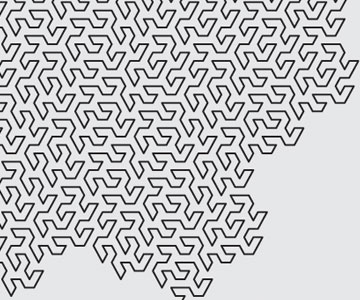
Adventures in a Less Fretful Cosmos
Dianne Timblin
Computer Mathematics Scientists Nightstand
A Conversation with Brian Hayes
